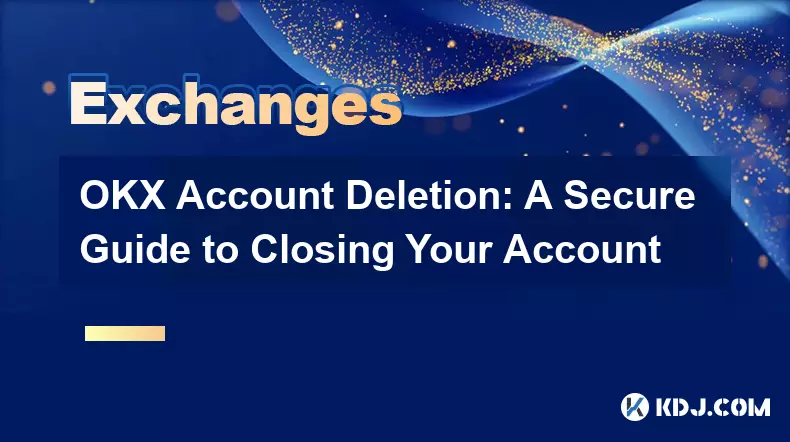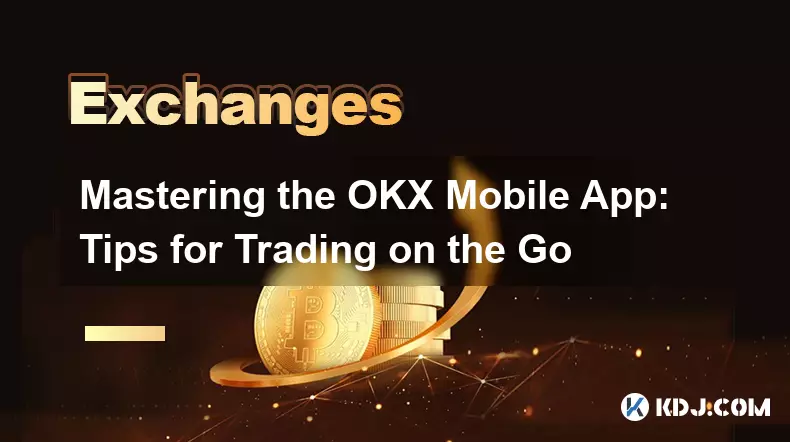-
 bitcoin
bitcoin $100977.009184 USD
-2.05% -
 ethereum
ethereum $3282.009150 USD
-3.23% -
 tether
tether $0.999813 USD
-0.02% -
 xrp
xrp $2.208254 USD
-4.89% -
 bnb
bnb $951.411089 USD
0.55% -
 solana
solana $155.761205 USD
-2.84% -
 usd-coin
usd-coin $1.000217 USD
0.02% -
 tron
tron $0.284475 USD
-1.28% -
 dogecoin
dogecoin $0.162363 USD
-1.53% -
 cardano
cardano $0.533988 USD
-0.47% -
 hyperliquid
hyperliquid $39.174339 USD
-3.22% -
 chainlink
chainlink $14.724828 USD
-1.16% -
 bitcoin-cash
bitcoin-cash $477.297986 USD
-1.28% -
 zcash
zcash $554.227426 USD
17.30% -
 ethena-usde
ethena-usde $0.998995 USD
-0.03%
How to Reduce Binance Trading Fees: 5 Proven Methods
Save on Binance trading fees by using BNB for a 25% discount, increasing trading volume for lower tiers, joining promotions, optimizing spot-futures trades, and leveraging rebate programs.
Nov 05, 2025 at 12:00 am

How to Reduce Binance Trading Fees: 5 Proven Methods
Binance remains one of the most dominant cryptocurrency exchanges globally, attracting traders with its vast selection of digital assets and advanced trading tools. However, trading fees can accumulate quickly and eat into profits over time. Savvy traders understand that minimizing these costs is essential for long-term success. There are several effective strategies users can employ directly on Binance to reduce their trading fees without compromising security or functionality.
Use Binance Coin (BNB) to Pay Fees
1. Holding and using BNB for fee payments unlocks an immediate 25% discount on trading fees.
This benefit applies to both spot and futures markets and is one of the most straightforward ways to cut costs. The discount is automatically applied when you select BNB as your fee payment method in account settings.
2. Users who participate in high-frequency trading will see significant savings over time due to the compounding effect of the 25% reduction.
3. BNB can be purchased directly on Binance through multiple trading pairs, including USDT, BUSD, and BTC, making it easily accessible.
4. The fee rebate in BNB also extends to withdrawal fees for certain tokens, providing additional utility beyond trading discounts.
5. Regularly topping up your BNB balance ensures uninterrupted access to discounted fees, especially during periods of market volatility when trading activity increases.
Leverage Binance’s Fee Tier System
1. Binance operates a tiered fee structure based on 30-day trading volume and average BNB holdings.
Higher volumes and larger BNB balances qualify users for lower maker and taker fees, sometimes dropping below 0.075%.
2. Traders can check their current fee tier in the user dashboard under the “Fee Schedule” section.
3. Institutional accounts and those with VIP status receive even greater reductions, often negotiated individually based on trading behavior.
4. Consolidating trades across personal accounts isn’t allowed, but using sub-accounts linked to a main account can help aggregate volume for better tier placement.
5. Monitoring monthly trading performance allows users to adjust strategies to maintain or upgrade their fee tier consistently.
Take Advantage of Promotional Campaigns
1. Binance frequently runs limited-time promotions that include zero-fee trading windows for specific cryptocurrencies.
These campaigns are often tied to new token listings, major network upgrades, or seasonal events like holidays or exchange anniversaries.
2. Users must stay updated via the Binance announcements page or email newsletters to avoid missing out on such opportunities.
3. Zero-fee trading is typically restricted to maker orders during the promotional period, so placing limit orders becomes strategically important.
4. Some campaigns offer reduced fees for derivatives trading or incentivize staking certain assets to unlock fee waivers.
5. Participating in referral programs can also lead to indirect fee reductions through earned credits or cashback rewards.
Enable Spot-Futures Arbitrage with Fee Efficiency
1. Advanced traders utilize cross-margin techniques between spot and futures markets to hedge positions and reduce net exposure.
While not a direct fee-cutting tool, optimizing entry and exit points across markets minimizes the number of taxable trades, effectively lowering total fee outlay.
2. Using limit orders instead of market orders in both spot and futures reduces slippage and qualifies trades under lower taker/maker classifications.
3. Synchronizing funding rate cycles in perpetual contracts with spot price movements allows traders to enter hedges at minimal cost.
4. Transferring funds internally between spot and futures wallets incurs no fees, enabling seamless position management without added expenses.
5. Automated bots integrated via API can execute precision-based entries and exits, reducing redundant trades that contribute to higher cumulative fees.
Utilize Third-Party Aggregators and Rebate Programs
1. Certain external platforms partner with Binance to offer cashback or rebates on trading fees generated through referral links.
These services act as intermediaries but pass a portion of commission earnings back to users.
2. Some trading analytics dashboards incorporate Binance API data and provide fee optimization alerts based on real-time tier thresholds.
3. Affiliate-driven communities distribute periodic refunds collected from Binance’s partner program, creating passive savings.
4. Users should verify the legitimacy of third-party platforms to avoid phishing risks or unauthorized API key misuse.
5. When configured correctly, these tools enhance transparency and empower traders to make cost-aware decisions without altering their core strategy.
Frequently Asked Questions
Can I change my fee payment currency after executing a trade? No, the fee payment method must be set before placing the trade. Any changes apply only to future transactions, not retroactively.
Do Binance P2P trades incur the same fees as spot trading? Binance P2P transactions do not charge trading fees. However, users may face payment processing fees depending on the fiat channel used.
Are there differences in fee discounts between Binance.com and Binance.US? Yes, Binance.US has a separate fee structure and does not support BNB for fee discounts due to regulatory constraints.
How often are fee tiers recalculated on Binance? Fee tiers are updated every UTC day based on rolling 30-day trading volume and average BNB balance in the account.
Disclaimer:info@kdj.com
The information provided is not trading advice. kdj.com does not assume any responsibility for any investments made based on the information provided in this article. Cryptocurrencies are highly volatile and it is highly recommended that you invest with caution after thorough research!
If you believe that the content used on this website infringes your copyright, please contact us immediately (info@kdj.com) and we will delete it promptly.
- BlockDAG, Avalanche, Dogecoin: Crypto's Leading Trio in 2025
- 2025-11-07 22:05:01
- Layer 2 Coins: Will There Be a Potential Explosion by 2026?
- 2025-11-07 16:50:02
- Filecoin, ICP, and the AI Infrastructure Renaissance: Is History Repeating?
- 2025-11-07 16:50:02
- Bitcoin's Wild Ride: Surges, Zeros, and the Search for Stability
- 2025-11-07 17:05:01
- XRP, Bitcoin, and the Rally: What's the Deal, New York?
- 2025-11-07 17:25:01
- Filecoin, DePIN, and a Technical Breakout: What's the Buzz?
- 2025-11-07 17:05:01
Related knowledge

Common Mistakes to Avoid on OKX: A Guide for New Traders
Nov 04,2025 at 03:37pm
Understanding the Interface Before Trading1. New traders often jump into placing orders without fully exploring the OKX platform layout. Taking time t...

OKX TradingView Integration: A Guide to Advanced Chart Analysis
Nov 02,2025 at 03:37am
OKX and TradingView: Bridging the Gap for Professional Traders1. OKX, one of the leading cryptocurrency exchanges, has integrated with TradingView to ...

Finding Your OKX Deposit Address: A Quick and Safe Guide
Nov 05,2025 at 01:15pm
Finding Your OKX Deposit Address: A Step-by-Step Process1. Log into your OKX account using your registered credentials. Ensure you are accessing the o...

OKX Savings Guide: A Low-Risk Strategy for Earning Crypto
Nov 05,2025 at 06:55am
Understanding OKX Savings and Its Role in Crypto Earnings1. OKX Savings offers users a straightforward method to earn passive income by leveraging idl...

OKX Account Deletion: A Secure Guide to Closing Your Account
Nov 05,2025 at 08:44am
Understanding the Implications of Account Closure1. Closing your OKX account permanently removes access to all associated trading features, including ...

Mastering the OKX Mobile App: Tips for Trading on the Go
Nov 05,2025 at 01:19am
Streamlined Navigation for Efficient Trading1. The OKX mobile app features a clean and intuitive interface that allows traders to access key functions...

Common Mistakes to Avoid on OKX: A Guide for New Traders
Nov 04,2025 at 03:37pm
Understanding the Interface Before Trading1. New traders often jump into placing orders without fully exploring the OKX platform layout. Taking time t...

OKX TradingView Integration: A Guide to Advanced Chart Analysis
Nov 02,2025 at 03:37am
OKX and TradingView: Bridging the Gap for Professional Traders1. OKX, one of the leading cryptocurrency exchanges, has integrated with TradingView to ...

Finding Your OKX Deposit Address: A Quick and Safe Guide
Nov 05,2025 at 01:15pm
Finding Your OKX Deposit Address: A Step-by-Step Process1. Log into your OKX account using your registered credentials. Ensure you are accessing the o...

OKX Savings Guide: A Low-Risk Strategy for Earning Crypto
Nov 05,2025 at 06:55am
Understanding OKX Savings and Its Role in Crypto Earnings1. OKX Savings offers users a straightforward method to earn passive income by leveraging idl...

OKX Account Deletion: A Secure Guide to Closing Your Account
Nov 05,2025 at 08:44am
Understanding the Implications of Account Closure1. Closing your OKX account permanently removes access to all associated trading features, including ...

Mastering the OKX Mobile App: Tips for Trading on the Go
Nov 05,2025 at 01:19am
Streamlined Navigation for Efficient Trading1. The OKX mobile app features a clean and intuitive interface that allows traders to access key functions...
See all articles





















![The Graph Price Prediction [GRT Crypto Price News Today] The Graph Price Prediction [GRT Crypto Price News Today]](/uploads/2025/11/07/cryptocurrencies-news/videos/690d4df44fe69_image_500_375.webp)




















































